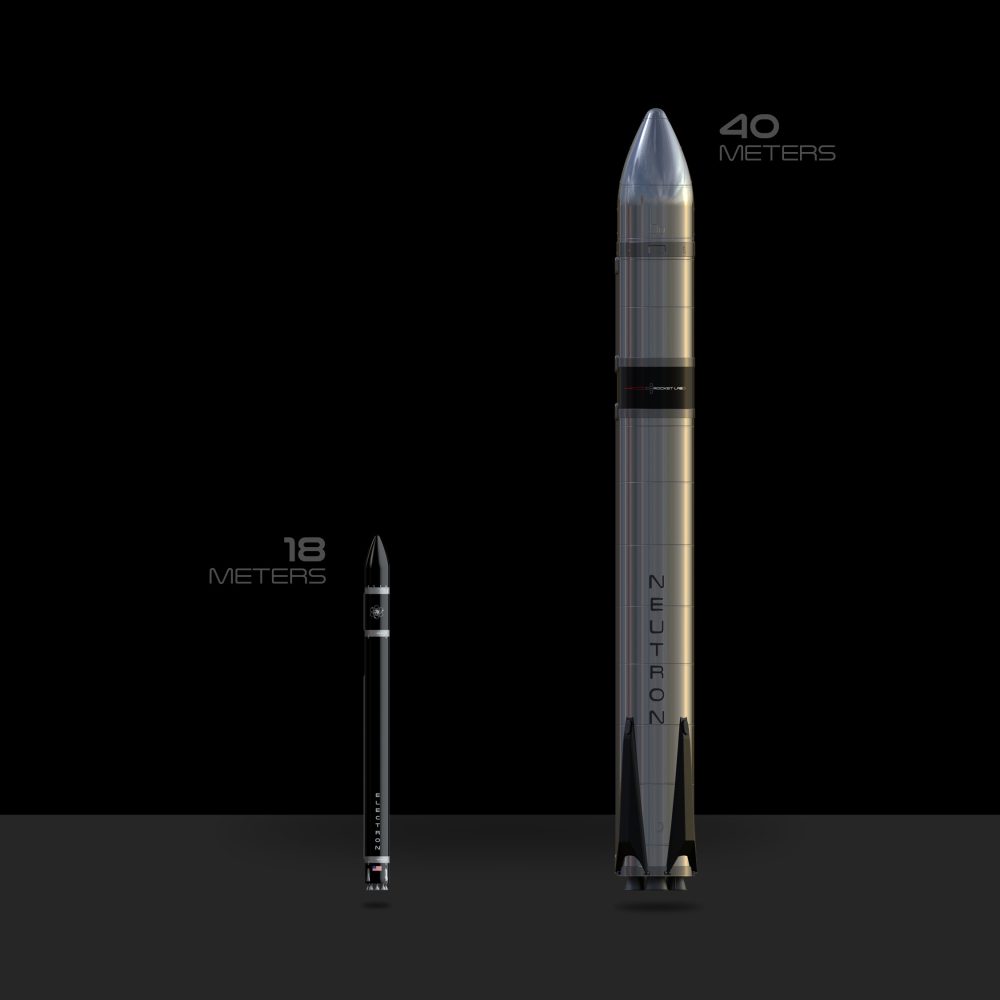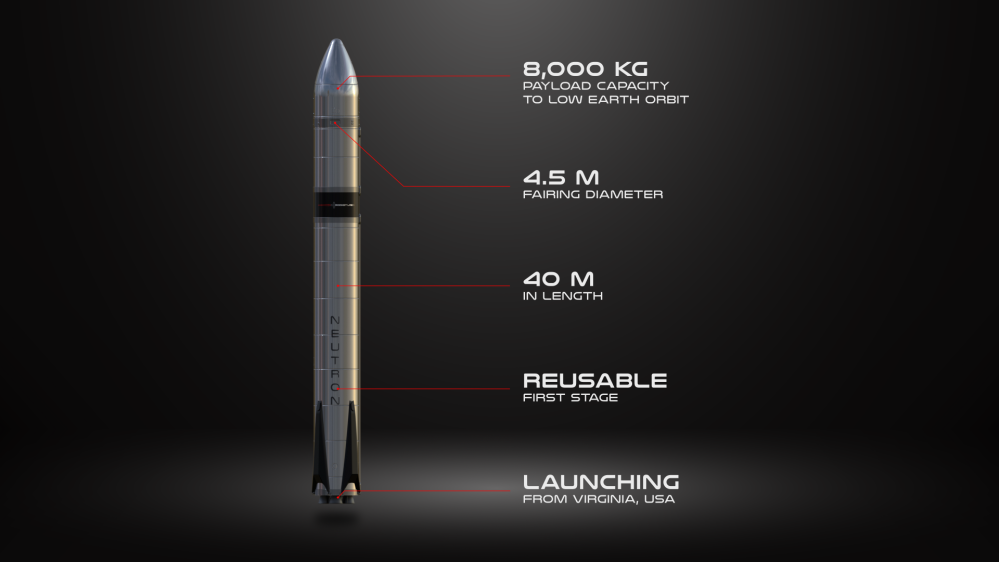
The launch provider that has made themselves famous for launching dedicated missions for SmallSats on their Electron rocket is moving up to a new market. In a video Rocket Lab CEO Peter Beck announced they are building a medium-class launch vehicle that will be able to launch not just heavier and larger satellites but also in the future crew.
For the past couple of years, Rocket Lab has been focused on providing a dedicated service to customers that wish to launch their smaller satellites into low Earth orbit with the Electron rocket. This was the first commercial rocket to use electrically driven engines on both the first and second stage and has been the second most launched US rocket since 2019 followed only by SpaceX’s Falcon 9.
The announcement of the new rocket, named Neutron, is a big change in direction after publicly saying they wouldn’t build a bigger rocket for the past couple of years. Their new rocket will be able to launch 8,000 kg (4,970 lb) into low Earth orbit, 2,000 kg (1,242 lb) to the Moon, and 1,500 kg (932 lb) to either Mars or Venus while standing at 40 m (131 ft) tall. Capable of lifting 98% of the satellites planned to launch by 2029.
This new rocket will compare closely with Northrup Grumman’s Antares and the retired Delta II from ULA. With the goal to be the launcher of choice for those building mega-constellations of the future, it will take advantage of Electron’s infrastructure to launch from Virginia’s Mid-Atlantic Regional Spaceport near NASA’s Wallops Flight Facility and land on a sea platform to be reused on future missions.
“Rocket Lab solved small launch with Electron. Now we’re unlocking a new category with Neutron. We’ve listened to our customers and the message is clear – biggest doesn’t always mean best when it comes to constellation deployment. Efficiently building the mega constellations of the future requires launching multiple satellites in batches to different orbital planes. It’s a requirement that all too often sees large launch vehicles fly with payloads well below their full lift capacity, which is an incredibly expensive and inefficient way to build out a satellite constellation. Neutron’s 8-ton lift capacity will make it ideally sized to deploy satellites in batches to specific orbital planes, creating a more targeted and streamlined approach to building out mega constellations.”
Peter Beck, Rocket Lab founder and CEO
Neutron will also be entering the competition to send cargo and crew to the International Space Station with Beck stating the vehicle will be capable of launching humans, a big step for any launch company. Rocket Lab plans to have the rocket ready to launch by 2024 relying on architecture from Electron to help develop the new launcher in record time.
Want to help support Space Explored?
Shop on Amazon to support Space Explored writers.
Enjoy reading Space Explored?
Help others find us by following on Apple News and Google News. Be sure to check us out on YouTube, Twitter, Facebook, and Instagram, join our Discord!
FTC: We use income earning auto affiliate links. More.






Comments